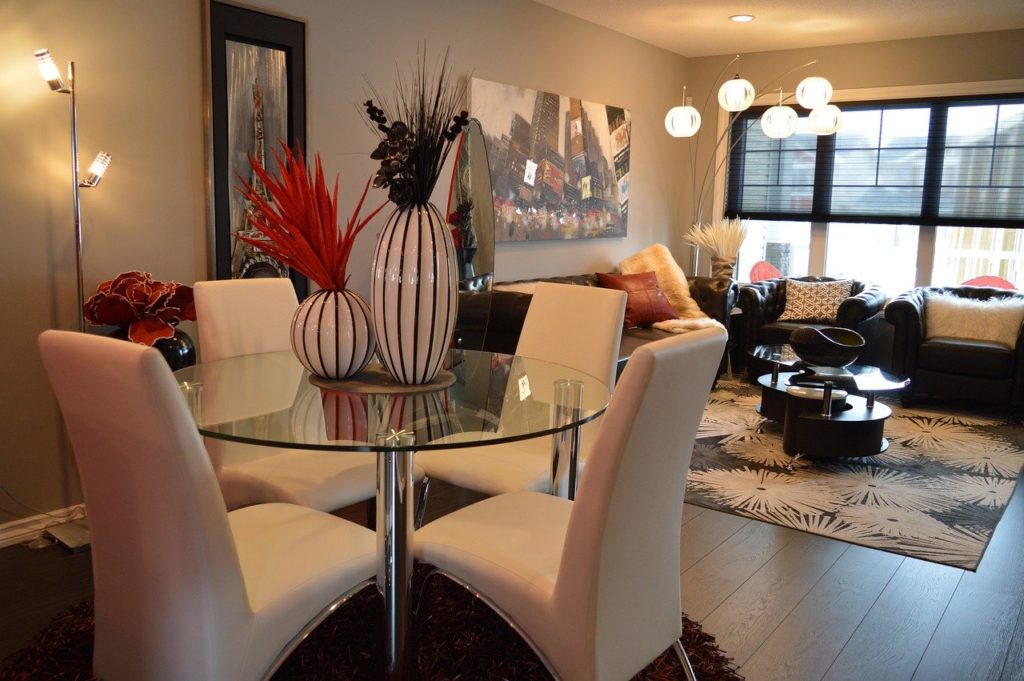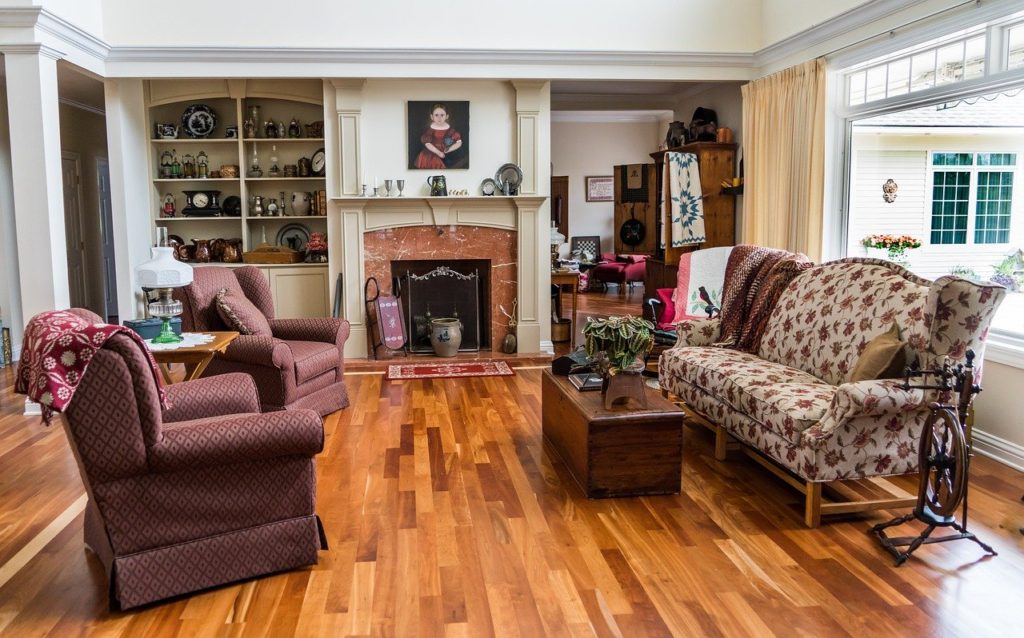7 Living Room Ideas For Decorating
The living room is a vital part of your home. It’s essential to ensure you’re maximizing the space and making it suit the way you live. Gone are the days of traditional dark colors, bulky couches, and pictures on the wall — today’s homes are generally much more modern and bright than they were in decades past. As your home expands, so should your living room ideas.
But if you’re looking for living room ideas for decorating your home, you want to do it right. Luckily, you can update the look and feel of your home without breaking the bank on a decorator. These interior design tips for beginners are not only easy to implement, but they’ll also add some charm to a key room of the house.
1. Wall Mounted Lighting
Throughout the week, you use every inch of your living room. It’s where you work when you need a break from your office, watch TV, read books and magazines, play video games, chat with friends, and so much more. You want to ensure you’re using space effectively and making all essential things accessible. Wall-mounted lighting is one of the best living room ideas for decorating because it frees up space on the floor and allows you to put other things where they belong instead of using a cumbersome lamp on a table or floor.
As long as your room has enough space to hold this type of lighting, it’s a great way to go. If you want to be bold, you can also choose lighting somewhat out of the ordinary. Artistic and exciting wall-mounted lights are popping up all over the place and are a great way to get people excited when they visit. Try X.
2. Seating for All Occasions
When choosing furniture for your living room, try and go for something that will accommodate all situations so everyone can feel comfortable. A classic among home decor styling tips is to get a leather couch and then buy armchairs and accent chairs. Put a small table between two or three chairs so they can be used for food and drink, or you can prop up a book or magazine for people to read.
Along with this, you want to get sturdy couches, a coffee table with storage and armchairs, and accent chairs made with durable material. Leather is an excellent choice because it’s both comfortable and holds up well over time, regardless of how much it’s used or abused.
If you want something slightly more modern than leather, look into natural fibers like cotton and jute instead. These are still incredibly durable and are great for people with allergies and also provide home decor styling tips.

3. Lighting and Decor
During the day, your lighting should be bright. At night, you need something more subtle so it doesn’t interfere with your sleep or make the room too bright to relax. In this case, think about mood lighting instead of relying solely on overhead lighting.
Mood lighting tends to be more complicated to install and often needs custom-made lights to fit in with the rest of your décor. If you’re willing to think outside the box, however, it can be a great way to go.
For instance, installing colored glass lights on the ceiling creates a beautiful atmosphere and an almost dream-like feel — perfect for unwinding before bed. While wall-mounted lighting frees up space on the floor, a well-placed corner lamp can still provide a nice aura for a group without feeling too invasive.
4. Add Color
One of the top interior design tips to remember: In the heart of every living room is a unique personality. Try and choose a color and theme that compliments your tastes.
There are many different types of paint and wallpapers out there, so you have tons of options when choosing colors for your living room or even throughout your house. If your sofa is a more neutral grey or brown, you can pair with black, white, or a variety of pastels (yellow and green work particularly well).
A good rule of thumb is to stick to the 60-30-10 rule. Your main color should make up 60% of the living room; this portion includes things like the walls or major furniture pieces. A second color should consist of 30% of the living room — great for an accent chair, throw pillows, or blankets. The final 10% is an accent color. Picture frames, mood lighting, or trim on accessories can all highlight this color.
5. Flooring
The floor is an essential part of your home — you’ll want a mix of durability and style. In this case, carpet and rugs are a great choice because they’re comfortable to lay on, easy to clean, and tend to last for years.
Tile is another popular choice because it’s easy to clean and looks great with most furniture. Tile is often a bit more rigid and may lead to some cold feet, but it often complements the room very well.
Vinyl is also a strong choice for your flooring because it’s durable, strong, and attractive. This type of surface is typically easy to maintain (though there are a few tricky parts to remember) and add a touch of class to your living room if you choose the right type.

6. Soft Furnishings
When choosing furniture for your living room, soft furnishings are among the most underrated items. Soft furnishings include items such as extra cushions, pillows, curtains, and linens. They’ll create a cozy feel, but they can also be used to hide hard corners, maximize space, and add color and character to any room in your home.
Soft furnishings help make your living room unique and give you a chance to showcase your personality. Add a fluffy rug or comfy cushions on a chaise lounge so your visitors always have a great time when they’re in your home.
Another of the interior design tips for beginners: You don’t have to go wild and renovate your entire living room. Pair soft furnishings with your current furniture, such as armchairs and accent chairs or a coffee table with storage. Well-positioned linen or table runner can really bring an entire living room together.
7. Accessories
Your living room doesn’t have to look like a commercial space or an IKEA showroom. Make it feel more like home by adding a few accessories. Whether it’s something as simple as a dining table, a practical addition like floating shelves, or something more extensive such as a glorious piece of artwork, each addition will bring something different to your home by creating a unique experience.
Although you don’t need many accessories for your living room, these extra pieces of furniture can still be created with matching décor in mind so they create a cohesive feel.
Designing your living room is a fun activity that lets you put some interior design tips to the test. You’re only limited by your creativity. Now let’s give our living room the makeover it deserves!
